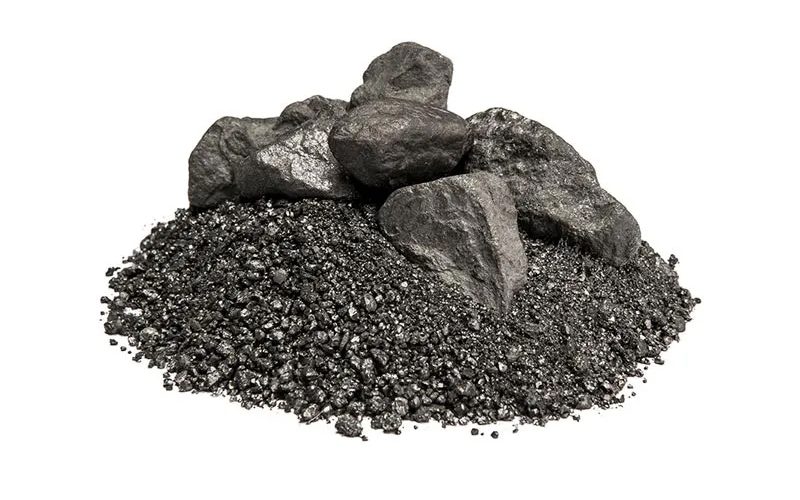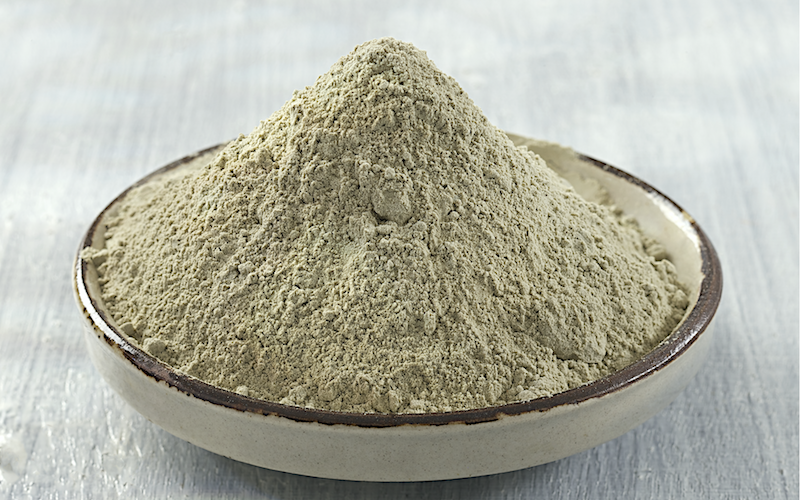Magnetite strongly magnetic specimens that act as natural magnets are known as Lodstone. Magnetite is one of the most iniquitous minerals occurring in a great variety of igneous metamorphic and sedimentary rocks, typically as disseminated crystals or grains comprising less than one percent of their host rock. Magnetite often occurs in metamorphic rock which formed from ferruginous sediments in both regional and contact forming by the reduction of magnetite and ferric hydroxide minerals banded percombrine iron formation commonly contain magnetite. Chemical composition
Haematite also spelled as hematite is a common ferric iron oxide with formula Fe2O3 and is widespread in rock and soil. Hematite forms in the shape of crystals through the rhombohedra lattice system and it has the same crystal structure as ilmentite Formula – Iron (III) Oxide Fe2O3 Other names – Ferric oxide, hematite, ferric iron, red iron oxide Appearance – Red-brown Solubility – insoluble in water
Barite nonmetallic mineral with an incredible specific gravity. Barite is a mineral composed of barium sulphate (BaSo4) it received its name from creek word “barys” which means heavy. This name is in response to barite high specific gravity of 4.2 which is exceptional for a nonmetallic. The high specific gravity of barite makes it suitable for a wide range of industrial, medical and manufacturing uses, barite also serves as the principal ore of barium. Barite often occurs as concretions and vein filling
Sepigel (Bentonite) is material composed of clay minerals, perdominatly Sodium Montmorillonite. Chemical formula of the monmorillonite is nAl2 nMgO nSiO2 nH20 (Na2Om CaO). The Sepigel is highly absorbent clay like substance that help to lift impacted waste material accumulated on the walls of the gastrointestinal tract. Sepigel is a clay consisting mainly of smectite minerals, commonly formed by decomposition of volcanic ash or tuff or some times from other igneous or sedimentary rocks. Sepigel is a very plasto clay that shrinks
- 1
- 2




